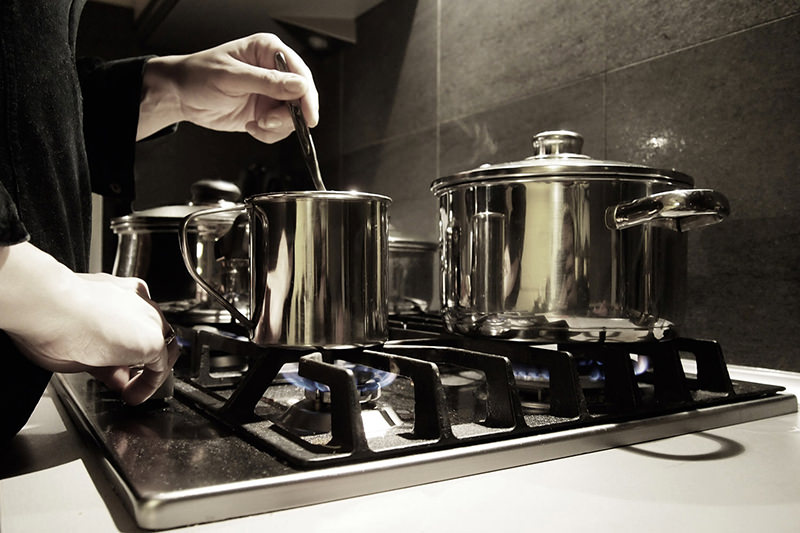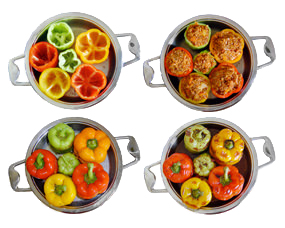Cooking methods
Any care taken to improve the quality of your food may be compromised by its preparation, notably its cooking method which may cause the preservation or alteration of micronutrients (vitamins, etc.).
Since Maillard, Simoneton, Kousmine and Seignalet, numerous authors have covered the various cooking methods and their effects.
The best of them improve the taste of the food and make it more nutritional; others, although prized for their effect on taste or for their novelty value, are to be used sparingly.
Overview of cooking methods… get to know the advantages and disadvantages for nutrition and health.

 In the pot (cooking < 95°C). This is a slow-cook method at low temperature with a closed lid and does not require any fat. The flavour of the cooked food is excellent and the cooking juices are rich in aromatic elements and minerals. This method has the advantage of preserving the minerals
In the pot (cooking < 95°C). This is a slow-cook method at low temperature with a closed lid and does not require any fat. The flavour of the cooked food is excellent and the cooking juices are rich in aromatic elements and minerals. This method has the advantage of preserving the minerals